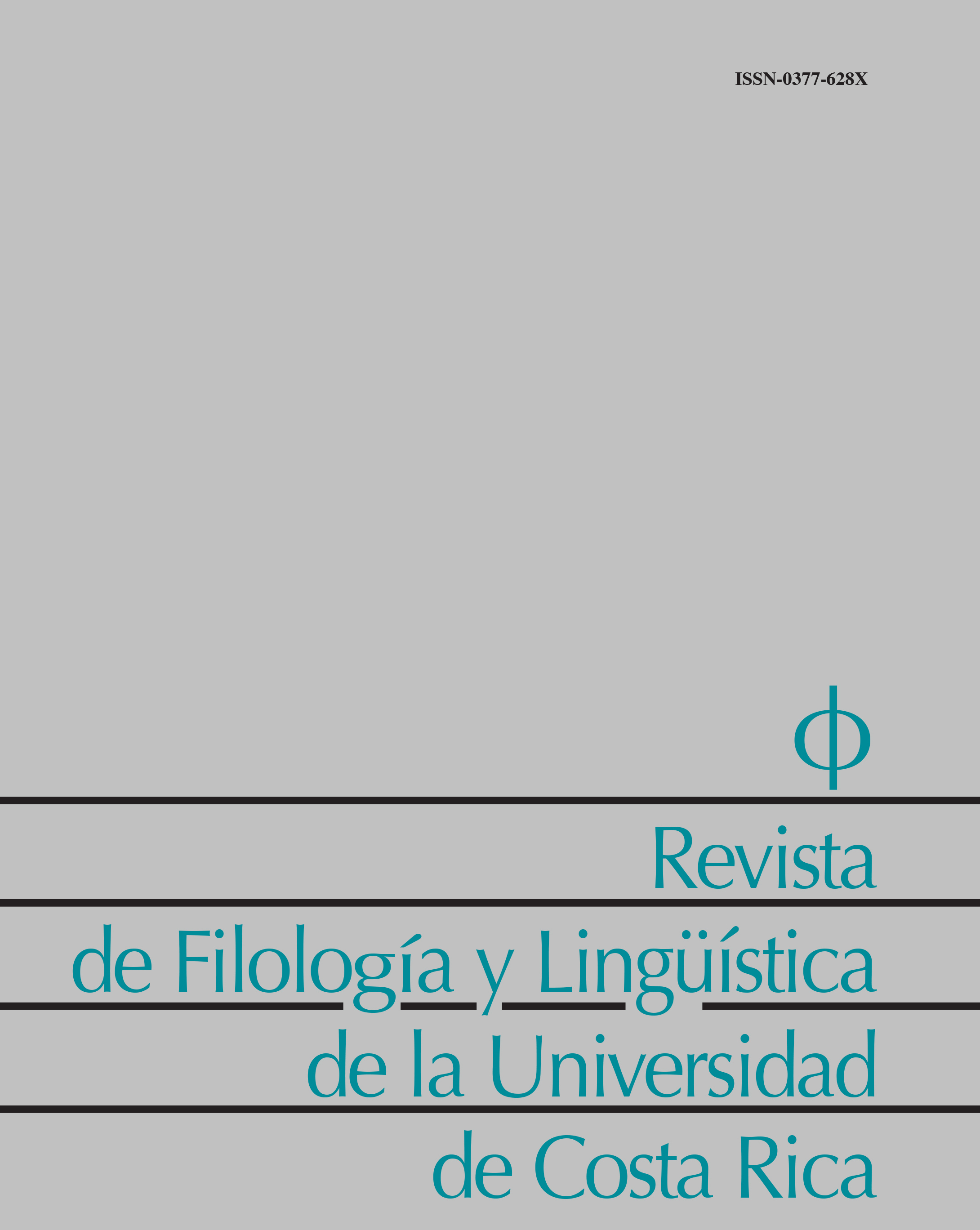Abstract
The present study compares two instructional methods—processing instruction (PI) (VanPatten 1996, 2002) and meaning-based output instruction (MOI) (Farley, 2001b)—in the teaching of Spanish deictic verbs ir ‘to go’, venir ‘to come’, llevar ‘to take’, and traer ‘to bring’ to English L1 speakers. The grammatical topic was chosen because it represents a contrastive difference between Spanish and English verb choice (Gathercole, 1978; Lewandowski, 2007), in which the natural processing tendencies of English speakers may lead to suboptimal learning outcomes. The study compared the learning outcomes of three groups of first-year Spanish students: a control group, an MOI group, and a PI group. All groups participated in pre and post-tests in interpretation and production of the deictic verbs, with the treatment groups receiving instruction between the tests. The results showed that participation in either treatment group was positively correlated with higher performance in the interpretation, but not the production tasks. Students in their third quarter of first-year Spanish are developmentally prepared to benefit from instruction on the verbs venir, ir, traer and llevar with regards to interpreting input. However, they do not appear to be developmentally ready to apply this instruction to the actual production of these verbs.
References
Benati, A. (2005). The effects of processing instruction, traditional instruction and meaning—output instruction on the acquisition of the English past simple tense. Language Teaching Research. 9 (1), 67-93.
Cheng, A. C. (2002). The effects of processing instruction on the acquisition of ser and estar. Hispania. 85 (2), 308-323.
Collentine, J. (1998). Processing instruction and the subjunctive. Hispania. 81 (3), 576-587.
Collentine, J. (2010). The acquisition and teaching of the Spanish subjunctive: An update on current findings. Hispania. 93 (1), 39-51.
Farley, A. P. (2001a). Authentic processing instruction and the Spanish subjunctive. Hispania. 84 (2), 289-299.
Farley, A. P. (2001b). The effects of processing instruction and meaning-based output instruction. Spanish Applied Linguistics. 5 (1), 57-94.
Fernández, C. (2008). Reexamining the role of explicit information in processing instruction. Studies in Second Language Acquisition. 30 (03), 277-305.
Fillmore, C. J. (1975). Santa Cruz Lectures on Deixis 1971.
Gathercole, V. C. (1978). Towards a universal for deictic verbs of motion. Kansas Working Papers in Linguistics. 3, 72-88.
Lewandowski, W. (2007). Toward a comparative analysis of coming and going verbs in Spanish, German, and Polish. (Master’s thesis). Universitat Autònoma de Barcelona.
Morgan-Short, K., & Bowden, H. W. (2006). Processing Instruction and Meaning-Based Output Instruction: Effects on Second Language Development. Studies in Second Language Acquisition. 28 (01), 31-65.
Schmidt, R. (1993). Awareness and second language acquisition. Annual review of applied linguistics. 13 (1), 206-226.
Shum, G., Conde, A., & Díaz, C. (1989). ¿Cómo se adquieren y usan los términos deícticos en lengua española? Un estudio longitudinal. Infancia y Aprendizaje. 48, 45-64.
VanPatten, B. (1984). Communicative values and information processing in L2 acquisition. ERIC Clearinghouse.
VanPatten, B. (1996). Input processing and grammar instruction in second language acquisition. Greenwood Publishing Group.
VanPatten, B. (2000). Thirty years of input (or intake, the neglected sibling). In B. Swierzbin, F. Morris, M.E. nderson, C.A. Klee & E.Tarone (Eds.) Social and cognitive factors in second language acquisition: Selected Proceedings of the 1999 Second Language Research Forum. Somerville. (287-311). MA: Cascadilla.
VanPatten, B. (2002). Processing instruction: An update. Language learning. 52 (4), 755-803.
VanPatten, B., & Cadierno, T. (1993). Explicit instruction and input processing. Studies in second language acquisition. 15 (02), 225-243.

